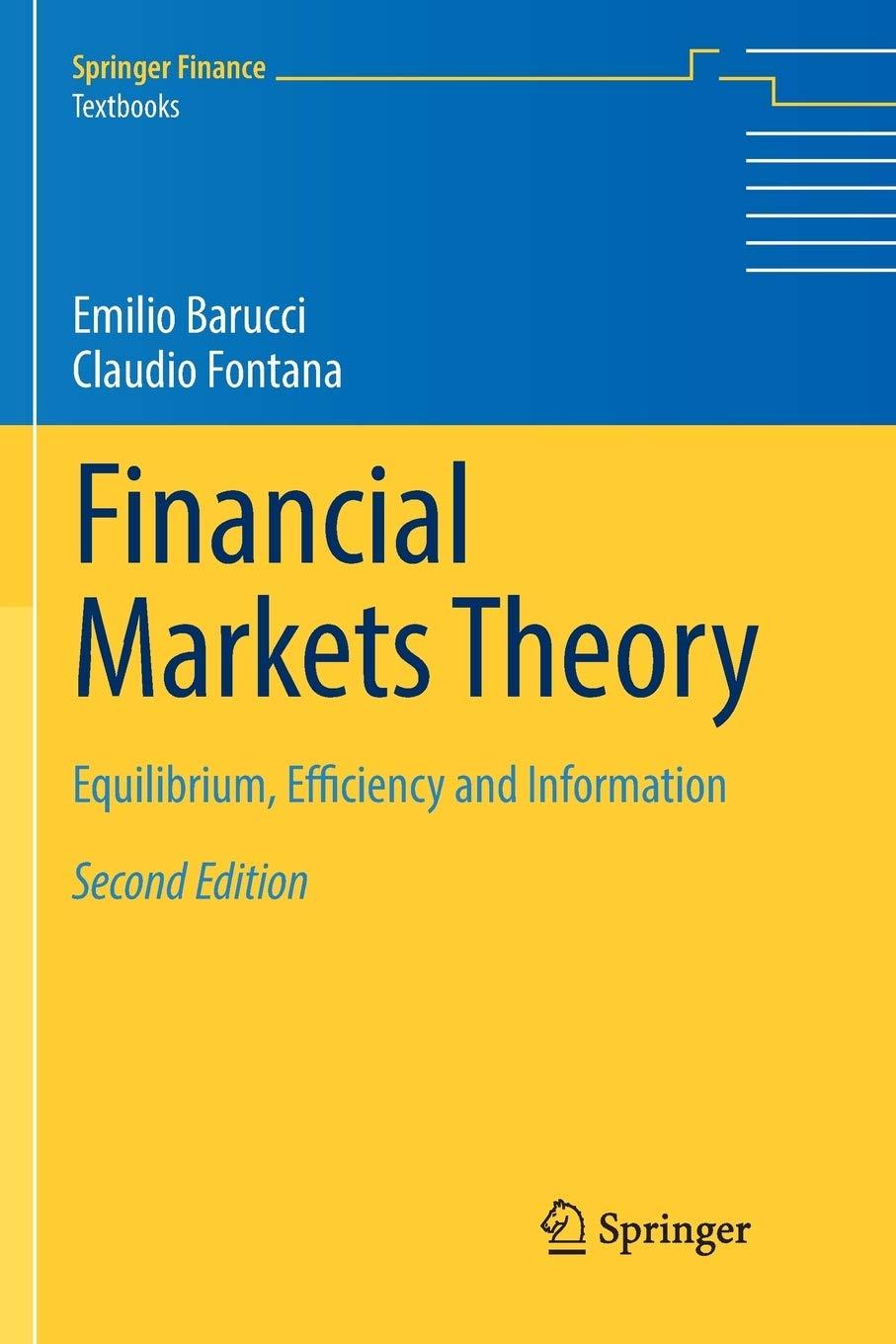

The economy is populated by 100 agents. Each agent has to divide 1 unit of time between work and leisure given the wage rate w paid on the labor market. In addition to the salary, he or she also receives dividend a income of 7 = II/100 (the total profit of the firms II is distributed cqually among all the consumers in form of dividends). Suppose that the government does not incur expenditures, so G=0. The agent's utility function depends on consumption c and leisure l, and it is assumed to satisfy u(cl) = 0.5 ln(C) + 0.5 ln((). On the other side of the market, there are firms who hire workers and produce output. The representative firm operates with a Cobb-Douglas production technology Y = 2K0.5 p0.5, where z denotes the total factor productivity, and K = 100 is a fixed amount of capital. Each of the firm's employees receives wage w, i.e. the total labor cost of the firm is equal to wNd. Suppose that initially z = 1 (so the competitive equilibrium is the one we calculated in class), but the cconomy is hit by a pandemic, which we can model as a decrease in TFP: so z goes down to z = 0.5. (a) What are the effects of this negative TFP shock on the equilibrium allocations and prices? To obtain full credit, compute the value of all the endogenous variables determined in equilibrium (make sure to show all your steps clearly) and compare these values to those obtained in class. (b) Does our model predict that the pandemic would cause a recession? What are the effects of the pandemic in the level of employment? (ignore the fact that some workers may get sick for the moment). (c) Now, suppose that the pandemic only affects the productivity of labor. This can be modeled by letting z = 1 as in part a, but assuming that labor is less productive, Y = = 2K0.5 Assuming that the value of w = 0.5, re-compute (a) and compare the new results with your previous answer, providing some intuition. 10.5[WN]0.5 The economy is populated by 100 agents. Each agent has to divide 1 unit of time between work and leisure given the wage rate w paid on the labor market. In addition to the salary, he or she also receives dividend a income of 7 = II/100 (the total profit of the firms II is distributed cqually among all the consumers in form of dividends). Suppose that the government does not incur expenditures, so G=0. The agent's utility function depends on consumption c and leisure l, and it is assumed to satisfy u(cl) = 0.5 ln(C) + 0.5 ln((). On the other side of the market, there are firms who hire workers and produce output. The representative firm operates with a Cobb-Douglas production technology Y = 2K0.5 p0.5, where z denotes the total factor productivity, and K = 100 is a fixed amount of capital. Each of the firm's employees receives wage w, i.e. the total labor cost of the firm is equal to wNd. Suppose that initially z = 1 (so the competitive equilibrium is the one we calculated in class), but the cconomy is hit by a pandemic, which we can model as a decrease in TFP: so z goes down to z = 0.5. (a) What are the effects of this negative TFP shock on the equilibrium allocations and prices? To obtain full credit, compute the value of all the endogenous variables determined in equilibrium (make sure to show all your steps clearly) and compare these values to those obtained in class. (b) Does our model predict that the pandemic would cause a recession? What are the effects of the pandemic in the level of employment? (ignore the fact that some workers may get sick for the moment). (c) Now, suppose that the pandemic only affects the productivity of labor. This can be modeled by letting z = 1 as in part a, but assuming that labor is less productive, Y = = 2K0.5 Assuming that the value of w = 0.5, re-compute (a) and compare the new results with your previous answer, providing some intuition. 10.5[WN]0.5








